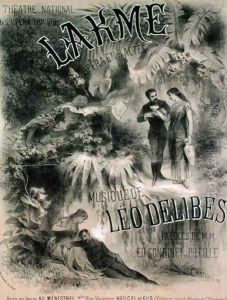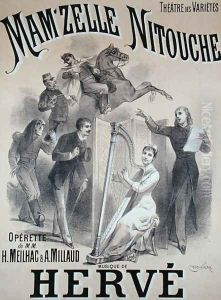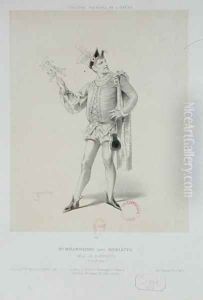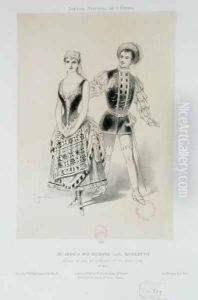Antonin Marie Chatiniere Paintings
Antonin Marie Chatinière was a French artist born on May 19, 1875, in Roanne, a small city in the Loire department of central France. Not widely known outside of his native country, Chatinière's work is characterized by its impressionistic style and rural French subjects. He was part of a generation of artists who were expanding the innovations of Impressionism into new areas, including Post-Impressionism and Symbolism.
Chatinière's education and artistic training began in his hometown, but he soon moved to Paris to further his studies. There, he would have encountered the bustling art scene of the late 19th century, which included the likes of Claude Monet, Pierre-Auguste Renoir, and Paul Cézanne. While it is not clear if he was directly associated with any of these masters, their influence on his work is palpable.
Throughout his career, Chatinière painted landscapes, still lifes, and portraits. His landscapes often depicted the French countryside, capturing the light and atmosphere with a delicate touch. In these works, he demonstrated a keen understanding of natural light and color, which he used to create mood and emotion. His still lifes were composed of everyday objects, which he imbued with a sense of dignity and quiet beauty through his brushwork and color palette.
Despite his talent, Chatinière did not achieve significant fame during his lifetime. He exhibited his works in various salons and galleries but remained largely overshadowed by more prominent artists of the time. However, he was respected by his peers and maintained a modest circle of collectors and patrons who appreciated his unique vision.
Antonin Marie Chatinière's life was cut short when he passed away on February 17, 1928, at the age of 52. His death meant that his oeuvre was relatively limited, and he did not have the opportunity to evolve his style further or witness the full impact of his work. In the years following his death, his paintings have been appreciated by a small but dedicated group of art historians and collectors who recognize the quiet beauty and technical skill in his work. While his paintings occasionally appear at auction, the full breadth of his talent is yet to be widely recognized in the broader art historical narrative.



